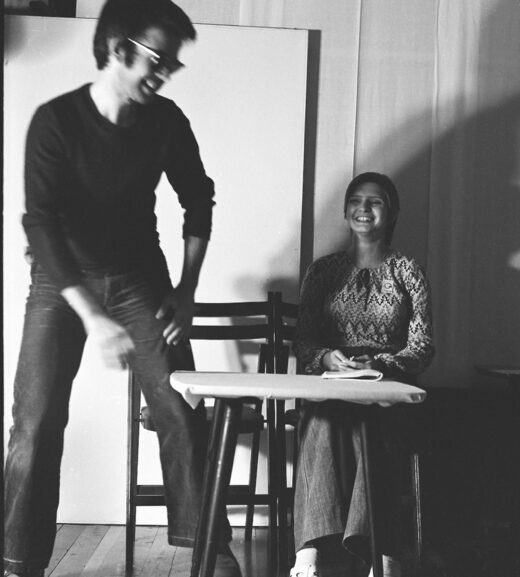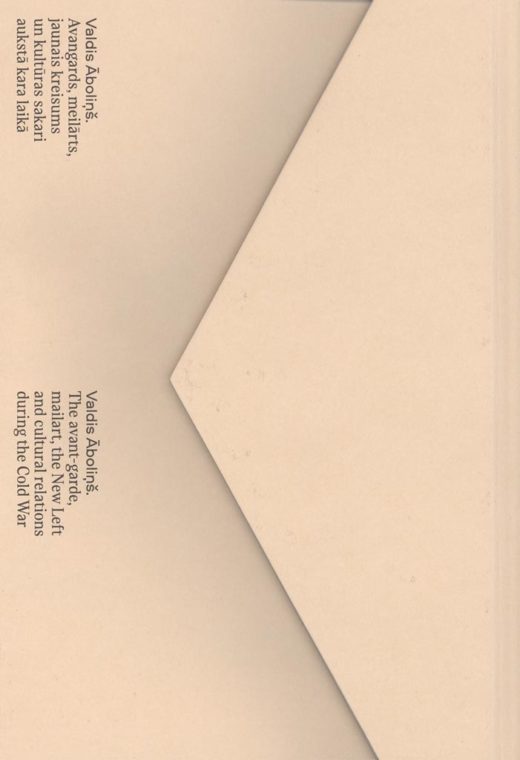Tagged: mail art
“Ende statt Wende”: Ruth Wolf-Rehfeldt’s Typewritings and the Critique of German Reunification
When checking the mail in either of the two Germanys in February 1990, one might have expected to find the usual mixture of bills and junk, as well as personal correspondence and official letters. More unusually, the mailbox might have contained an SOS message: “This is a cry for help!” Written as a plea for support, notably in English, this short text called on individuals to write to the parliamentary bodies of the German Democratic Republic (GDR) and Federal Republic of Germany (FRG), and decried the destruction of “social circumstances and rights” in the GDR. This distress signal had been … Read more
“Being Together”: the Meeting of Mail-Artists at the F-Art Festival in Gdańsk, 1975
1975 marked the changing field of neo-avant-garde practice in Poland in which a popularization and consolidation of the mail art scene brought to the fore the significance of networked art, particularly in its capacity to foster international exchanges and meetings. In the first half of the decade contact became an important feature of conceptual art and neo-avant-garde art in the region, both as a subject of art and as a practice. The following analysis of artistic events and undertakings in 1975 proposes this year as a watershed moment in the development of networked art in the region and re-thinking how … Read more
In and Out of the Box: Leaps in East/East Dialogues Through the Transnational Activities of Constantin Flondor
A short glance at the East/East dialogues within the timeline of Romanian art of the 1970s and 1980s allows us to identify existing (in)formal cross-border exchanges which foregrounded geopolitical alliances and sporadically connected Romanian artists with like-minded spirits. In the artistic context of the 1970s and 1980s, the state institutions were responsible for foreign cultural agreements and the organization of research trips and touring exhibitions, as well as establishing cultural cooperation with other socialist countries. The assumption that traveling within the Bloc was possible without much difficulty does not always hold true since opportunities were mostly accessible to artists and … Read more
Regional Resonances: In Search of the Transnational in Central East European Art of the 1970s
East European art scenes have long invited mostly negative comparisons with their West European counterparts. During the Cold War era, external perceptions often blurred the many differences between state socialisms and their related cultural fields. For their part, local artists and art historians in the countries of Eastern Europe criticized such homogenizing accounts, pointing instead to the many, and wide-ranging, Western connections of individual artists or artist groups with the West, as well as their distance from so-called official art. Another question was also rarely asked: whether there was any dialogue between artists working in different state-socialist societies of Eastern … Read more
Valdis Āboliņš. The Avant-garde, Mailart, the New Left, and Cultural Relations during the Cold War
Ieva Astahovska and Antra Priede-Krievkalne, eds., Valdis Āboliņš. The Avant-garde, Mailart, the New Left, and Cultural Relations during the Cold War (Riga: Latvian Centre for Contemporary Art, 2019), 662 pp.
Few publications deal with Latvian artists in exile who settled in various Western countries after they (or their parents) fled the approaching Soviet army at the end of the Second World War.(For a useful introduction to this topic, see the catalogue: Dace Lamberga, ed., Latviešu māksla trimdā – Latvian Art in Exile (Riga: LNMM & Neputns, 2013).) Costly and time-consuming research abroad is often necessary to tell the … Read more








